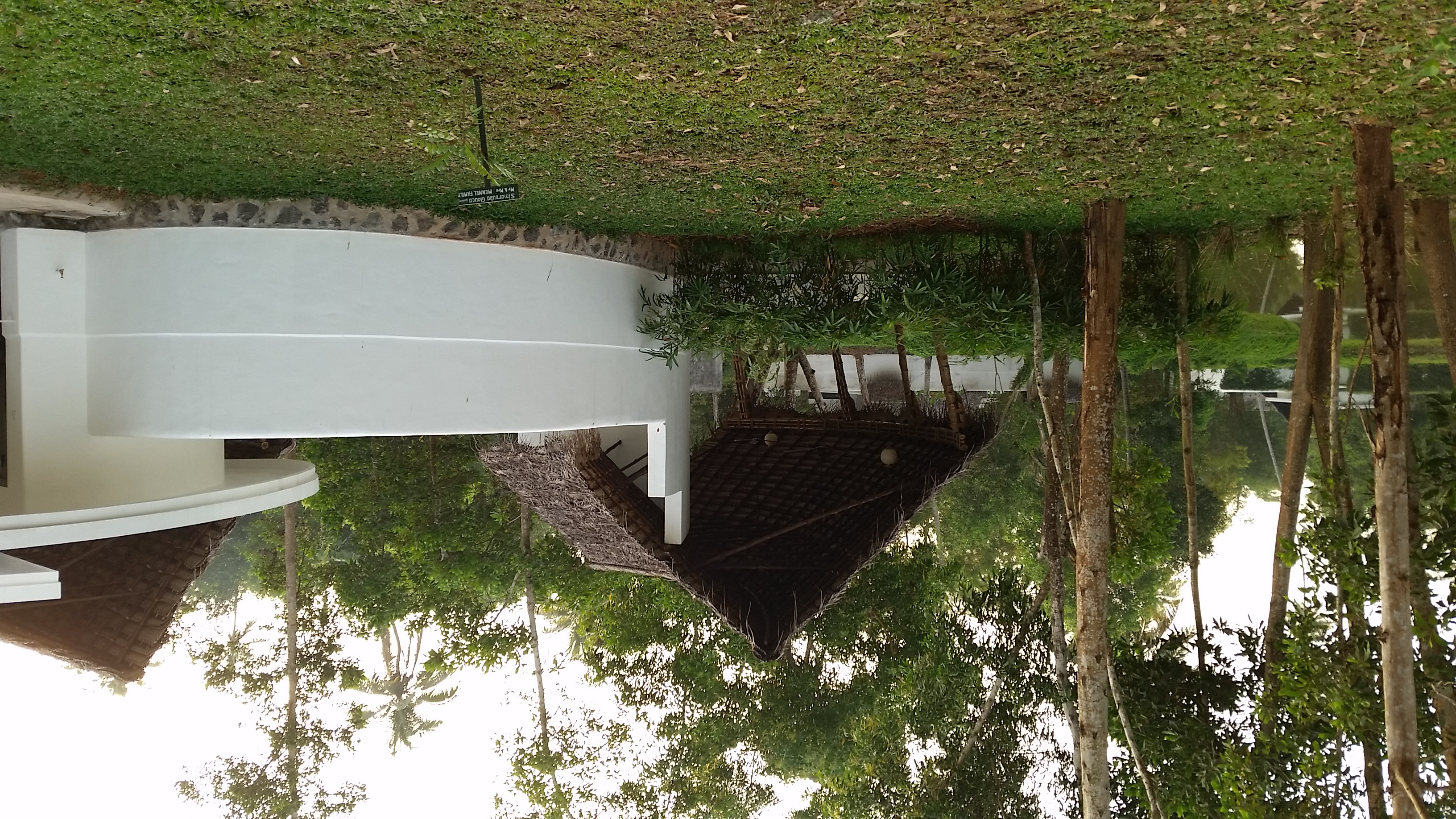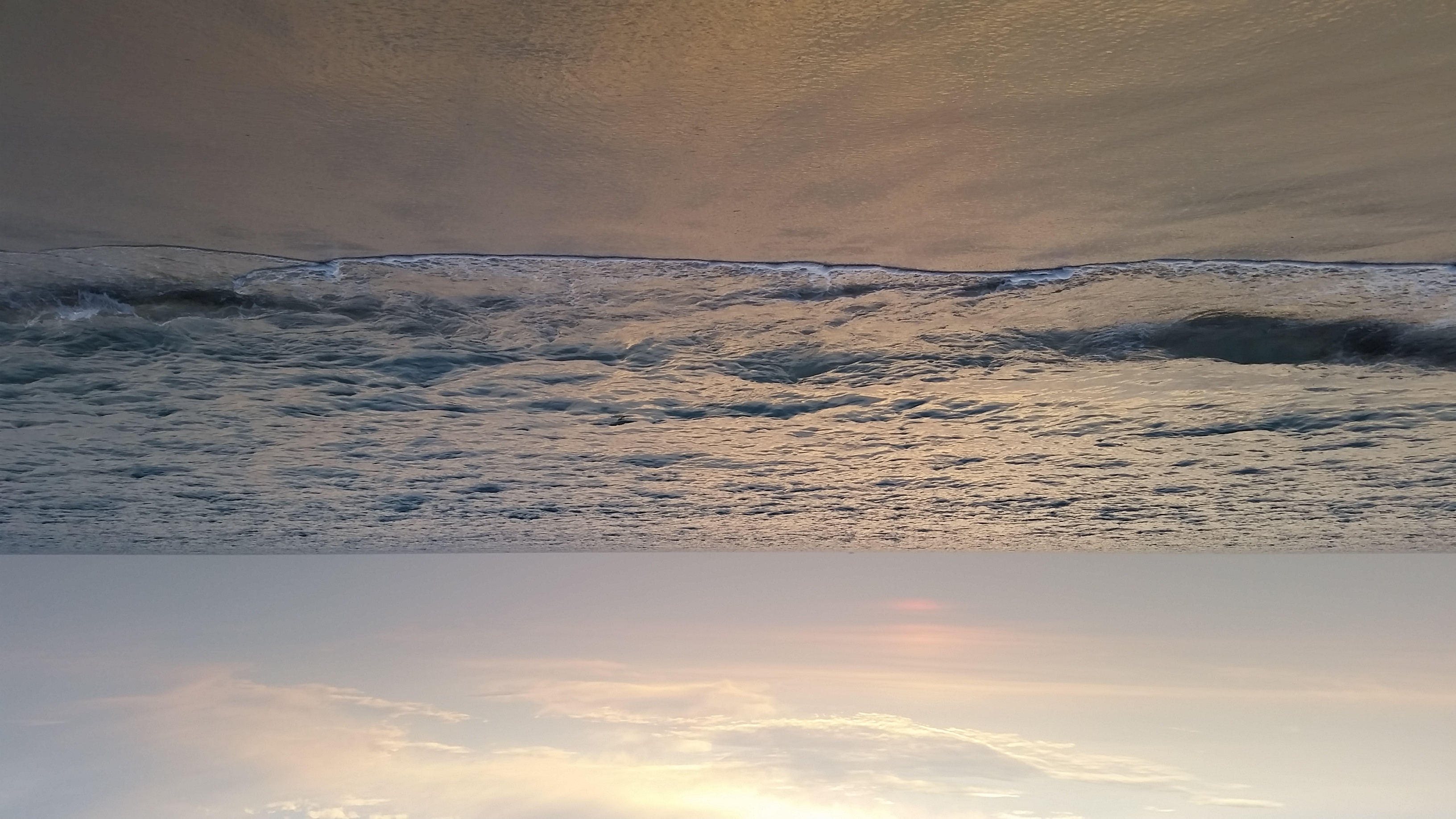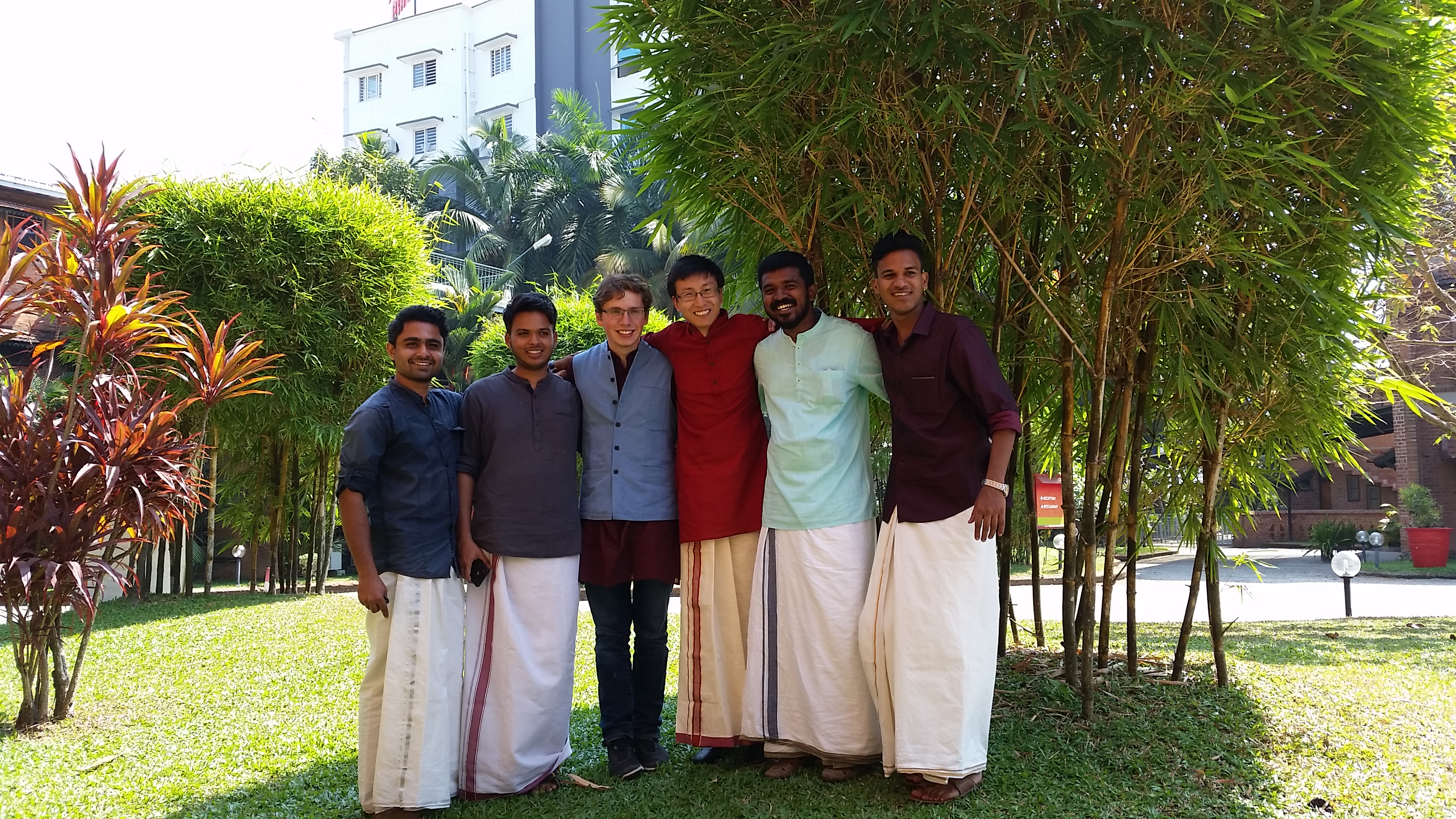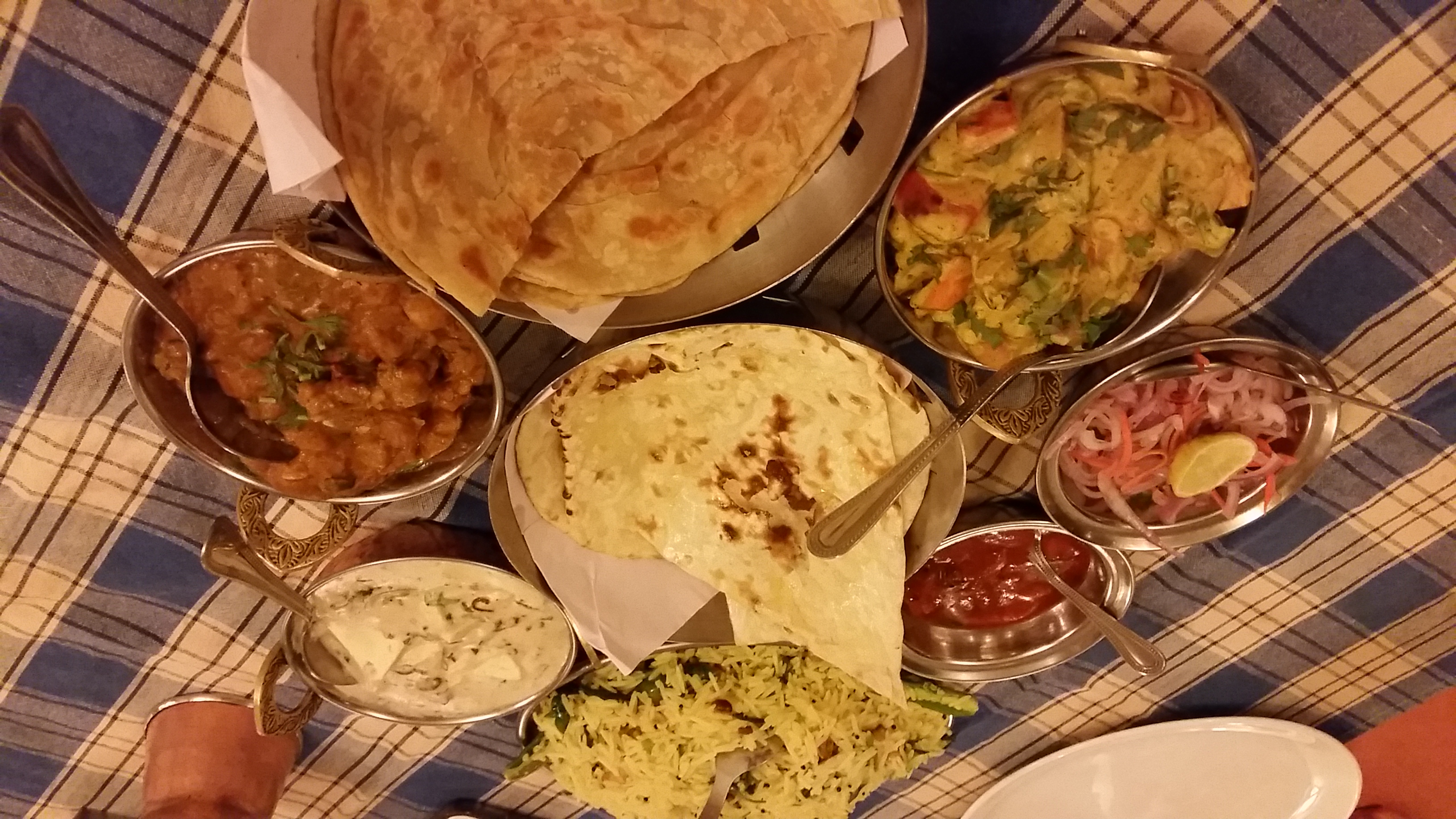01/13/2018 Sixteenth Day in India
___ from Inspiration presented the latest project on the rejuvenation of the Allappuzha canal networks. Originally created as transportation thorough ways with some irrigation purposes as well, the main canals in Allappuzha no longer serve their intended purposes and are instead polluted with trash and covered with algae. About 40% of the Allappuzha land mass is water and with a high water table prone to pollution. The population of the town is relatively stable with only marginal population increase. There is no conventional, centralized waste treatment facility in the municipality. Normally, there are three steps to conventional treatment. There is the primary treatment, then the secondary treatment involving filtration and activated sludge, and lastly the tertiary treatment of disinfectant and sludge disposal. However, this conventional process was designed for more northern climates and not so much applicable in Kerala’s southern context. Thus, there are expensive costs because of Kerala’s high population density, heavy pumping equipment is required, power supply needs to be continuous, and skilled workers for operation and maintenance are required. Inspiration proposes an anaerobic alternative to the aerobic convention. This alternative is supposed to be decentralized for the household level, requires only semi-skilled or unskilled labor, no mechanical equipment, little space and no smells, with comparatively little capital and low maintenance costs. While the project is currently being run as a demonstration model, it can be scaled up with institutional mechanisms. The main body created is a new society with responsibilities in liquid waste management, canal rejuvenation, quality control, and research and development. Funding for this project has already received the approval of the financial minister of Kerala. Additional funding will come as part of the corporate social responsibility measure that companies have to contribute a certain percentage of their profits after a limit toward social causes. (Does the US also have such measures? If not, should this be addressed at the local or state levels?) Contributions from corporations would assist lower-income and middle-income groups with the installation of their waste treatment facilities while larger institutions would support and fund themselves. (I am not entirely sure that decentalized treatment down to each individual building scale is a viable option or not. I think perhaps a decentralized treatment to the neighborhood level would be better.)
Excited and impressed by the upcoming project, the group took a trip to Allappuzha to visit the Backwaters of Kerala and the city’s canals.
As told, the main canals in the city were polluted with trash and algae.
There is great potential for increased tourism, commercial, and recreational activities along the canals after rejuvenation due to their central and prominent location within the city.
The best way to see the Backwaters is on the traditional house boat, though the one we were on was modernized.

After the leisurely boat ride and lunch, we went to visit one of Inspiration’s hotel resort projects built with sustainable construction techniques such as using local clay, rainwater retention, and utilizing bamboo construction.
 The resort also has convenient access to the cleanest beach I have seem so far in Kerala for my last sunset in Kerala.
The resort also has convenient access to the cleanest beach I have seem so far in Kerala for my last sunset in Kerala.

01/14/2018 Seventeenth Day and Final Day in Kerala
The group apparently volunteered me to construct a Powerpoint presentation to summarize the collective experience in Kerala yesterday.
It took some time to collect and organize everyone’s responses, but mostly everyone converged on similar experiences that they recalled.
For me, three of my most memorable experiences was eating a full thali traditional Keralan meal, learning about Kudumbashree and meeting a couple of the units, and seeing how the principles of Laurie Baker actually used in architecture and planning.
Two of the cultural differences that I noticed and was unaccustomed to was how drivers took advantage of the slightest opportunities and opening and engaged in dangerous road behaviors and the remnants of traditional society conflicting with modernity and westernization, especially in the continuing challenges women face in society such as safety in the streets.
And lastly, one thing I will take back with me from Kerala to the US is to explore development more holistically than just environmental and to study and apply the Laurie Baker principles in everyday life.
 It would be improper to leave Kerala with one last southern Indian meal.
It would be improper to leave Kerala with one last southern Indian meal.
